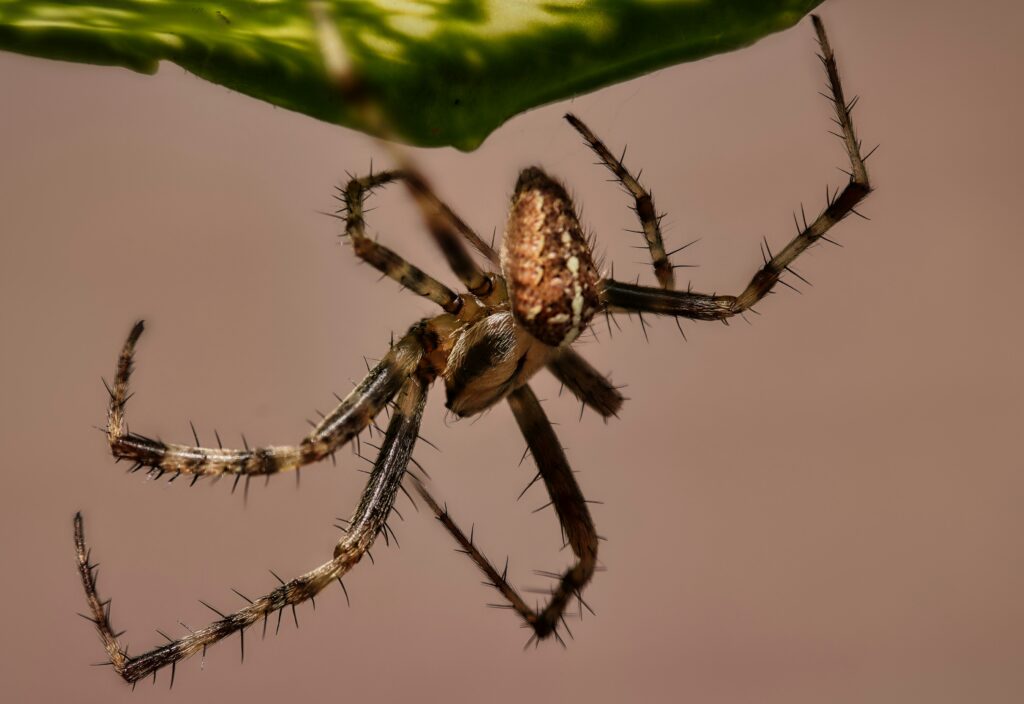The mere mention of venomous spiders can send shivers down many people’s spines, with black widows and brown recluses often topping the list of feared arachnids in North America. Despite their notorious reputations, these spiders are frequently misidentified and misunderstood, leading to unnecessary panic and misinformation. Both species possess venom that can cause medical complications, but their actual risk to humans is significantly lower than popular culture might suggest. Understanding the true nature of these arachnids—their appearance, habits, venom potency, and the realistic threat they pose—can help separate legitimate concerns from exaggerated fears.
The Infamous Reputation of Black Widows and Brown Recluses
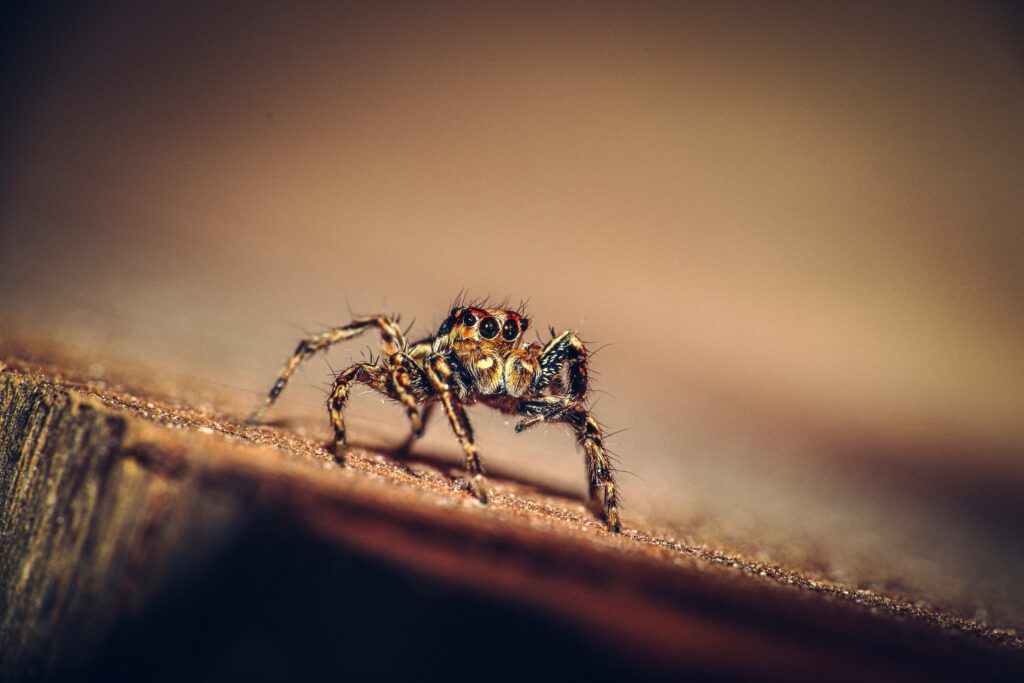
Black widow and brown recluse spiders have earned fearsome reputations in American folklore and popular culture. Movies, news reports, and urban legends often portray these arachnids as deadly assassins lying in wait to attack unsuspecting humans. This cultural anxiety has led to widespread misidentification, with many harmless spider species being incorrectly labeled as one of these venomous varieties. The exaggerated portrayal of these spiders has created a disproportionate fear that doesn’t align with the actual medical statistics regarding spider bites. In reality, deaths from either spider are extremely rare in the United States, with most bites resolving without serious complications when properly treated.
Black Widow Identification: Know Your Adversary

The black widow spider (Latrodectus species) is relatively easy to identify with its glossy black body and distinctive red hourglass marking on the underside of its abdomen. Females, which pose the greatest threat to humans, typically measure about 1.5 inches in length including leg span, while males are significantly smaller and rarely bite humans. Not all black widows display the classic appearance—some may have red dots instead of a complete hourglass, and coloration can vary among different species within the genus. These spiders create irregular, tangled webs in dark, undisturbed locations, which are notably different from the organized, symmetrical webs produced by many other spider species.
Brown Recluse Identification: The Violin Bearer
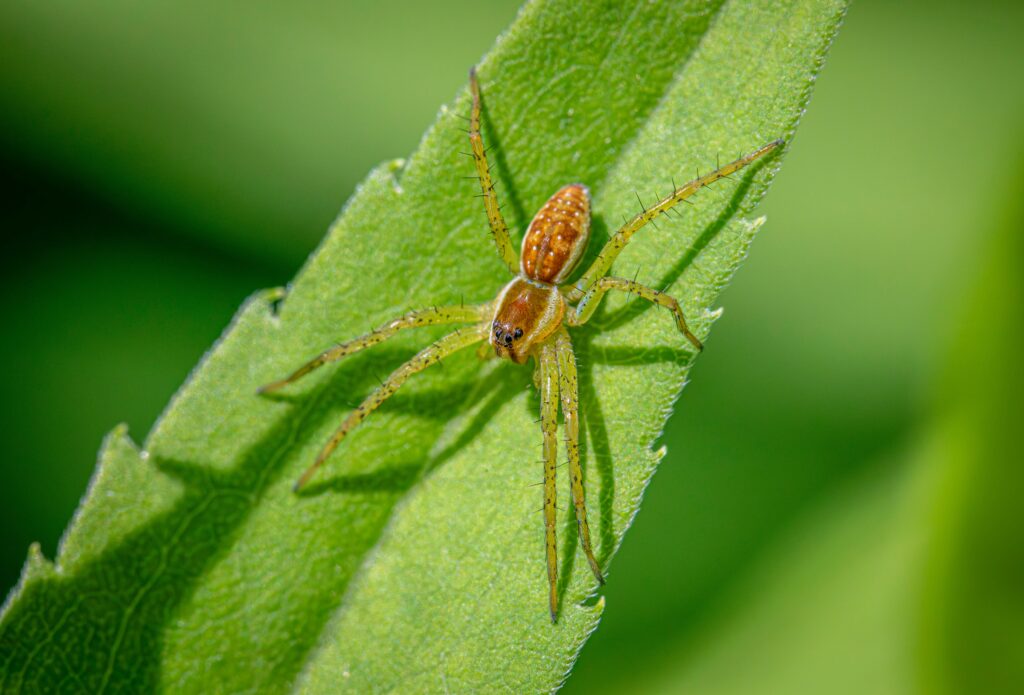
The brown recluse spider (Loxosceles reclusa) is light to medium brown in color, with a body measuring about 1/4 to 1/2 inch in length. Its most distinguishing feature is the dark violin-shaped marking on its back, with the “neck” of the violin pointing toward the abdomen. Unlike most spiders, brown recluses have only six eyes arranged in three pairs (most spiders have eight eyes), though this feature is difficult to observe without magnification. Another key characteristic is their uniformly colored legs, which lack the banding or striping common in many other spider species. The brown recluse creates irregular webs that often appear as loose, sheet-like structures rather than the organized geometric patterns created by orb-weaving spiders.
Geographical Distribution: Where You’ll Actually Find Them
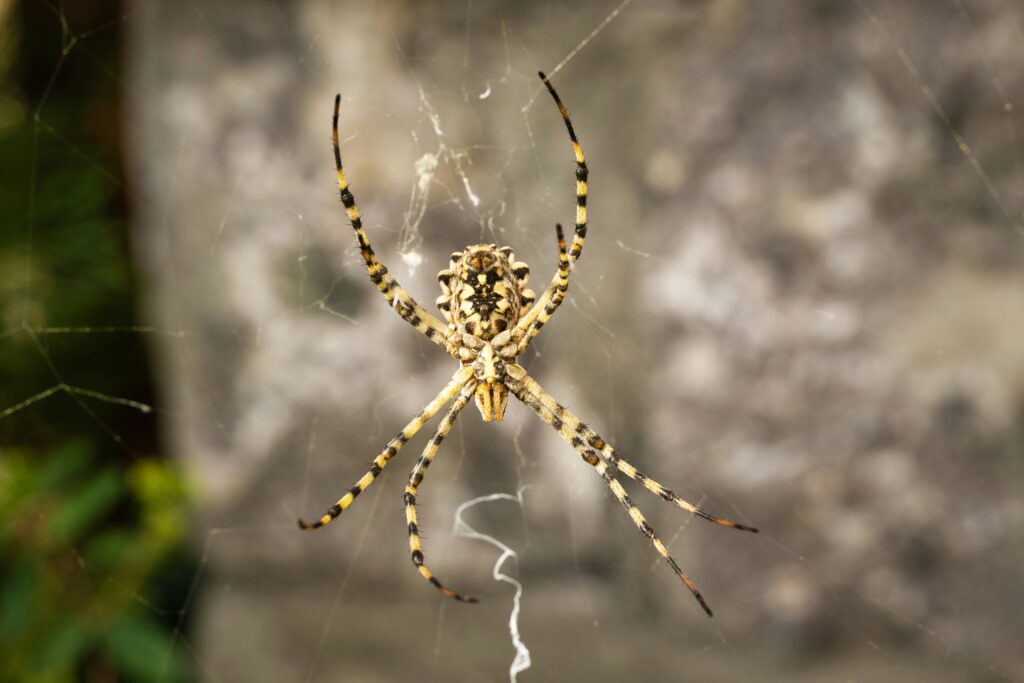
Understanding the natural range of these spiders is crucial for assessing your actual risk of encounter. Black widows are more widespread, found throughout most of the United States, particularly in the southern and western regions, while also inhabiting parts of Canada and Mexico. Brown recluses, despite often being blamed for bites outside their range, have a much more limited distribution centered in the central southern United States—primarily Missouri, Arkansas, Oklahoma, Texas, Kansas, Louisiana, Mississippi, Alabama, and parts of neighboring states. Reports of established brown recluse populations outside this region are typically misidentifications of similar-looking spiders. Climate factors and natural barriers have historically limited their spread, though occasional specimens may be transported to other areas via human activity.
Habitat Preferences: Where They Hide
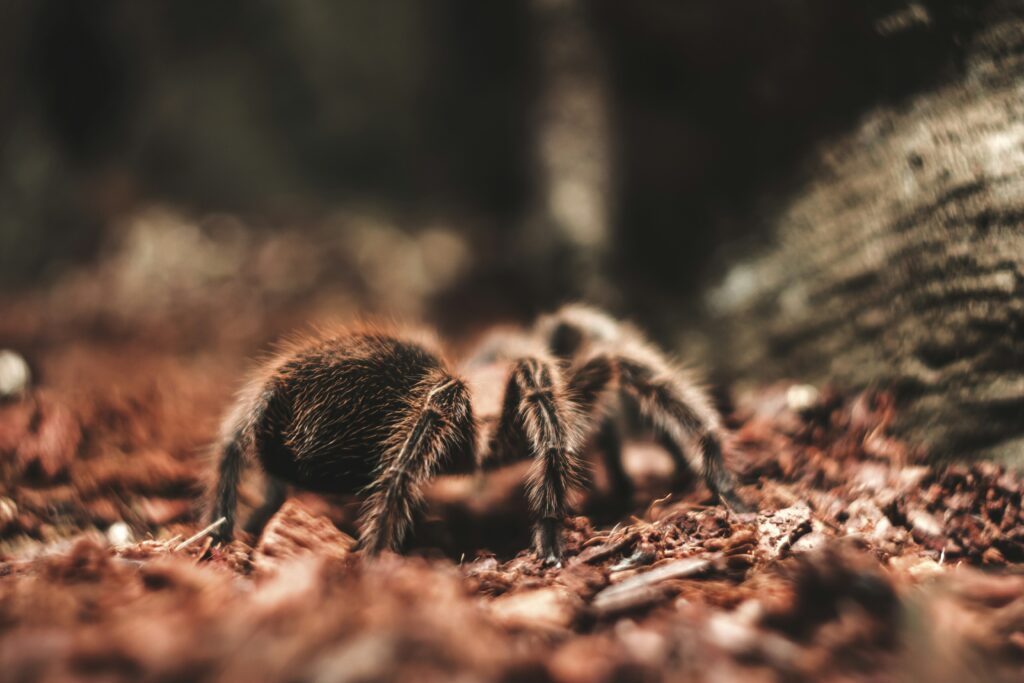
Both spiders prefer similar environments, favoring dark, undisturbed locations, but their specific habitat preferences differ slightly. Black widows typically establish themselves in outdoor environments such as woodpiles, under stones, in hollow stumps, and around construction debris. They may also inhabit protected areas around homes including garages, sheds, crawl spaces, and outdoor furniture. Brown recluses are more adapted to indoor living and commonly hide in attics, closets, storage areas, basements, and cardboard boxes. Their preference for undisturbed areas means they’re often found in seasonal properties, vacant buildings, or storage spaces that don’t see regular human activity. Both species prefer warm, dry climates and are rarely found in frequently disturbed areas of actively inhabited homes.
Venom Potency: Black Widow’s Neurotoxin
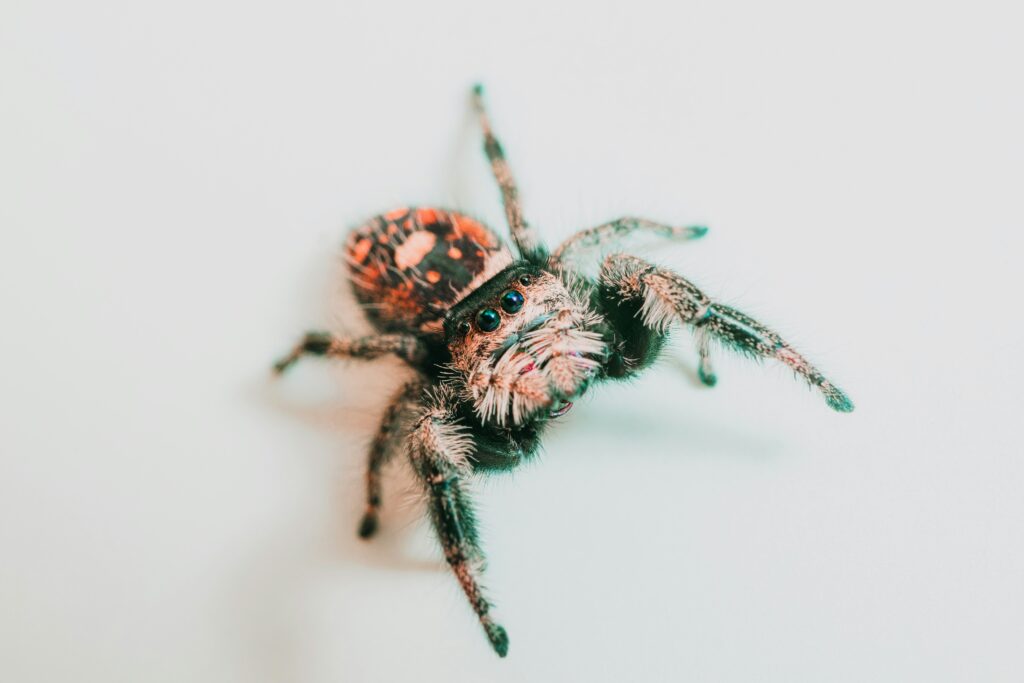
Black widow venom contains alpha-latrotoxin, a powerful neurotoxin that acts primarily on the nervous system by triggering the massive release of neurotransmitters, particularly acetylcholine and norepinephrine. This biochemical cascade leads to the intense pain and muscle cramping characteristic of black widow envenomation. The venom is considered one of the most potent found in North American spiders, with toxicity estimated to be about 15 times stronger than that of a rattlesnake on a per-unit basis, though the volume injected is much smaller. Despite this potency, severe reactions are relatively uncommon, with most healthy adults recovering completely with appropriate medical treatment. The most serious effects typically occur in children, elderly individuals, and those with compromised immune systems.
Venom Characteristics: Brown Recluse’s Tissue Destroyer
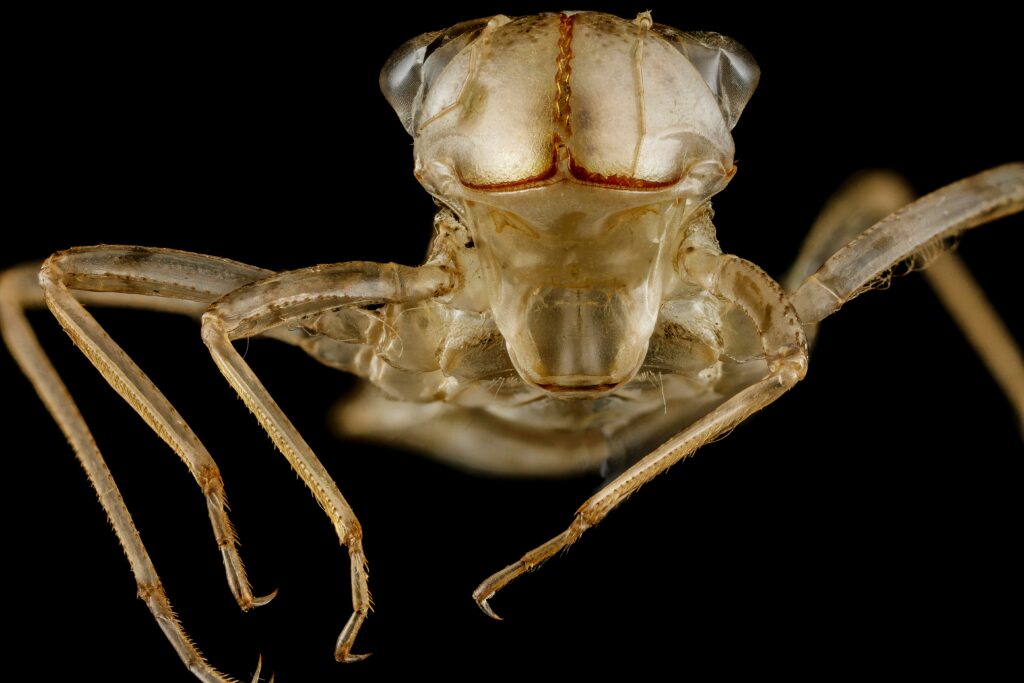
Brown recluse venom contrasts sharply with that of the black widow, containing sphingomyelinase D, an enzyme that causes necrotic (tissue-destroying) effects. This enzyme breaks down cell membranes and blood vessel walls, potentially resulting in a slow-healing wound with tissue death at the bite site. Unlike the systemic effects of black widow venom, brown recluse envenomation primarily affects the area around the bite, though systemic reactions can occur in some cases. The severity of a bite varies greatly from person to person, with factors such as individual sensitivity, amount of venom injected, and location of the bite all influencing outcomes. Recent research has shown that approximately 10% of brown recluse bites develop the characteristic necrotic wound, with an even smaller percentage requiring extensive medical intervention.
Bite Symptoms: What to Watch For
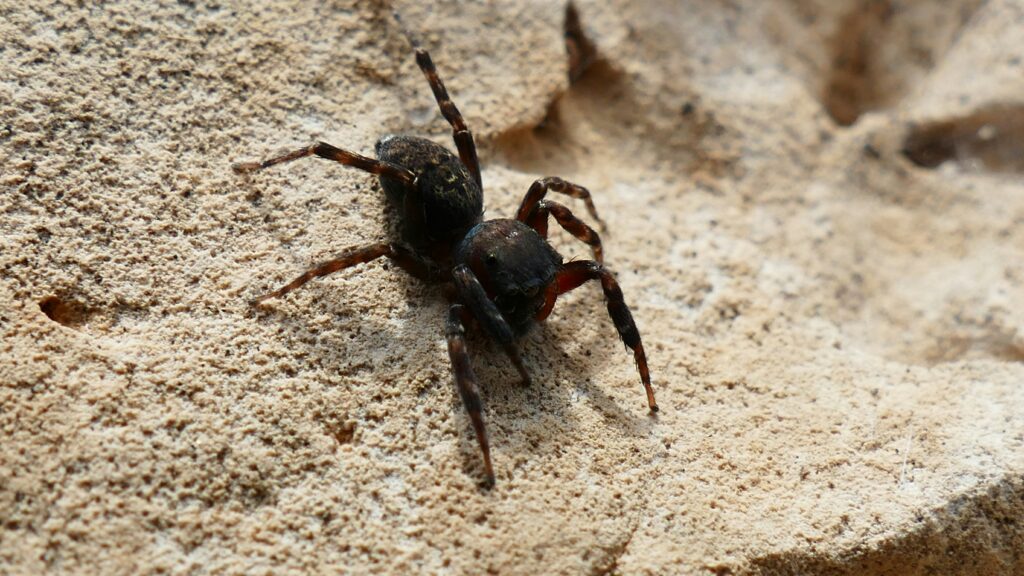
Black widow and brown recluse bites present with distinctly different symptoms, reflecting their contrasting venom mechanisms. Black widow bites often cause immediate sharp pain similar to a pinprick, followed by developing symptoms including intense muscle cramping, abdominal rigidity, sweating, elevated blood pressure, and nausea within 30-60 minutes. The pain typically migrates from the bite site to larger muscle groups and may last 24-48 hours in moderate cases. Brown recluse bites, by contrast, are often painless initially, with symptoms developing gradually over 2-8 hours. The bite site typically becomes red, swollen and tender, potentially developing a bull’s-eye appearance with a pale center surrounded by red rings. In more severe cases, the central area may develop a blister that later forms an open sore or eschar as tissue begins to die, though this progression occurs in only a minority of confirmed bites.
Medical Treatment: When and How to Seek Help

Medical approaches differ significantly for black widow and brown recluse bites due to their different venom mechanisms and symptom profiles. For suspected black widow bites, medical attention should be sought if symptoms progress beyond the bite site, with treatment focusing on pain management using muscle relaxants, pain relievers, and in severe cases, antivenom (Latrodectus antivenom). For suspected brown recluse bites, monitoring the bite site for signs of developing necrosis is crucial, with medical attention recommended if a lesion develops or if systemic symptoms appear. Treatment typically involves wound care, antibiotics to prevent secondary infection, and occasionally surgical debridement for severe necrotic wounds. For both spider bites, tetanus prophylaxis may be recommended if the patient’s immunization status isn’t current, and individuals with underlying health conditions or heightened sensitivity should seek medical attention promptly regardless of initial symptom severity.
Behavior Patterns: Understanding Spider Psychology
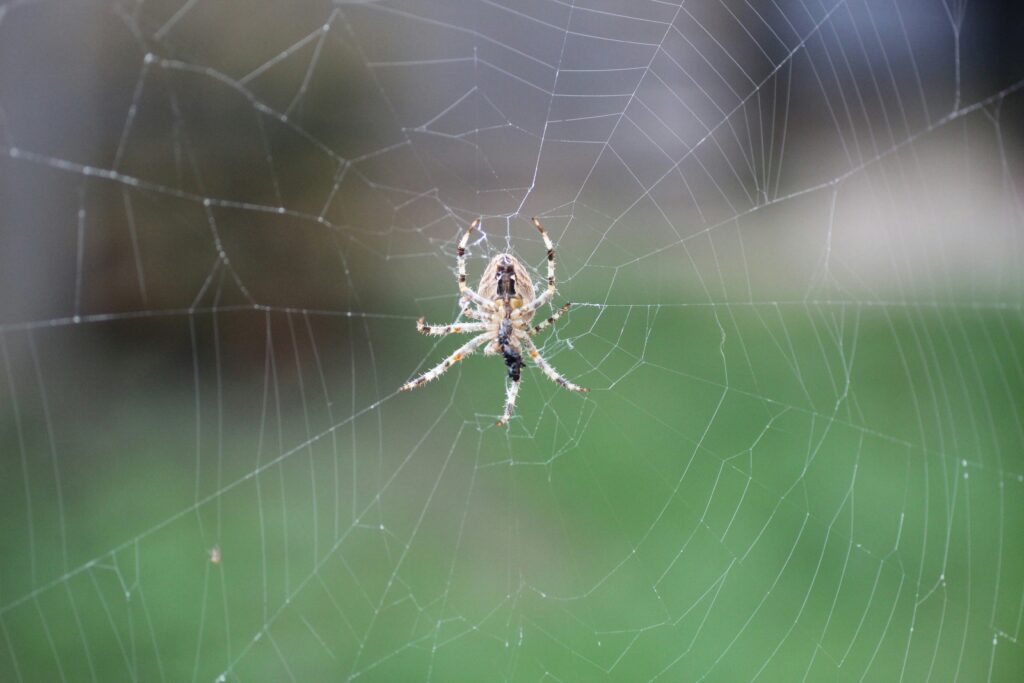
Both black widows and brown recluses share a strong preference for avoiding human contact, with defensive biting being a last resort rather than aggressive behavior. Black widows typically remain in their webs and bite defensively only when directly threatened or accidentally pressed against the skin. They display characteristic defensive postures when disturbed, including raising their front legs and vibrating their web before attempting to retreat. Brown recluses are even more conflict-avoidant, preferring to flee rather than engage with perceived threats, and often only bite when trapped against human skin, such as when hiding in clothing or bedding that is then worn or used. Their nocturnal habits further reduce human encounters, as they typically hunt at night when people are least active. Understanding these behavioral patterns reveals that these spiders are not actively seeking human targets but are simply defending themselves when they perceive no alternative.
Statistical Reality: The True Risk to Humans

Despite their fearsome reputations, the statistical danger posed by these spiders is remarkably low compared to many other everyday risks. Annual data suggest that deaths from verified black widow bites in the United States typically number fewer than five per year, with serious complications occurring in less than 1% of all bites. Brown recluse statistics are similarly reassuring, with research indicating that even in heavily infested homes in endemic areas, bites are uncommon events. A notable study by arachnologists in Kansas documented a family living in a home with over 2,000 brown recluse spiders without experiencing a single bite over a six-month period. Medical records further indicate that many suspected “spider bites” are actually misdiagnosed cases of bacterial infections, particularly methicillin-resistant Staphylococcus aureus (MRSA), allergic reactions, or other conditions that produce similar symptoms.
Prevention Strategies: Practical Protection Methods
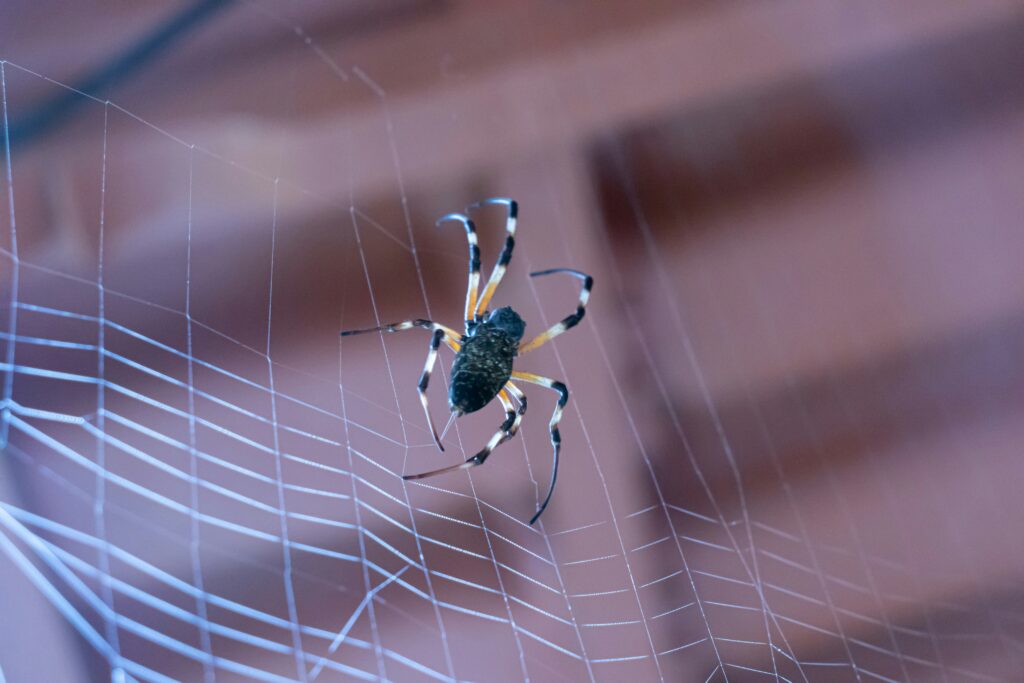
Effective prevention focuses on habitat modification and creating barriers between spiders and living spaces. Regular cleaning of storage areas, basements, and closets reduces sheltered spaces where these spiders might establish themselves. Sealing cracks and crevices in foundations, walls, and around pipes limits entry points, while installing door sweeps and screening windows provides additional protection against invasion. When working in areas where these spiders may be present, wearing gloves and long sleeves reduces exposure risk, and shaking out stored clothing, shoes, and linens before use can prevent accidental encounters. Reducing clutter, particularly cardboard boxes which are favored by brown recluses, minimizes potential hiding places, while keeping beds away from walls and ensuring bedding doesn’t touch the floor can create a protective zone during vulnerable sleeping hours. Professional pest control services may be warranted in cases of significant infestation, particularly in regions where these spiders are native and abundant.
Misidentification Issues: Common Look-alikes
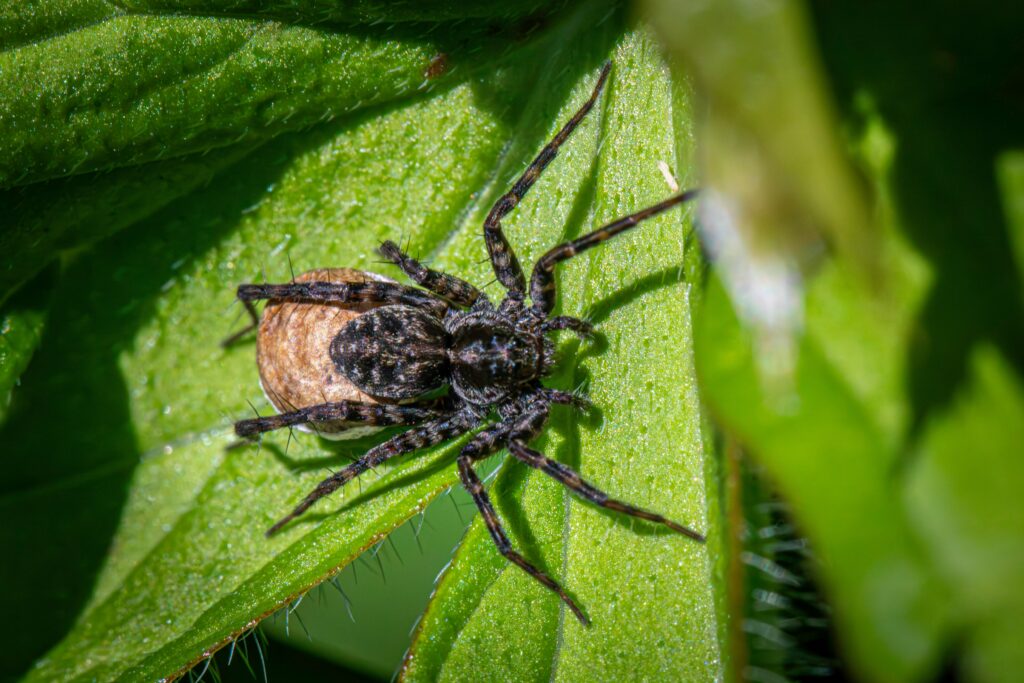
Spider misidentification contributes significantly to unnecessary fear and incorrect attribution of bites. Several harmless species are frequently mistaken for black widows, including false black widows (Steatoda species), which share a similar body shape but lack the distinctive red hourglass marking. Brown recluse misidentification is even more common, with wolf spiders, male southern house spiders, and several other brown-colored species frequently mistaken for the violin bearer. The common cellar spider, with its elongated legs and light brown body, is often incorrectly identified as a brown recluse despite lacking the characteristic violin marking. Even medical professionals sometimes contribute to misidentification problems by diagnosing “spider bites” without actually seeing the spider responsible, leading to statistical overrepresentation of these species in bite reports. Studies examining supposed brown recluse bites in non-endemic areas frequently reveal alternative causes, highlighting the frequency with which other conditions are incorrectly attributed to these notorious arachnids.
Ecological Benefits: Their Role in Nature
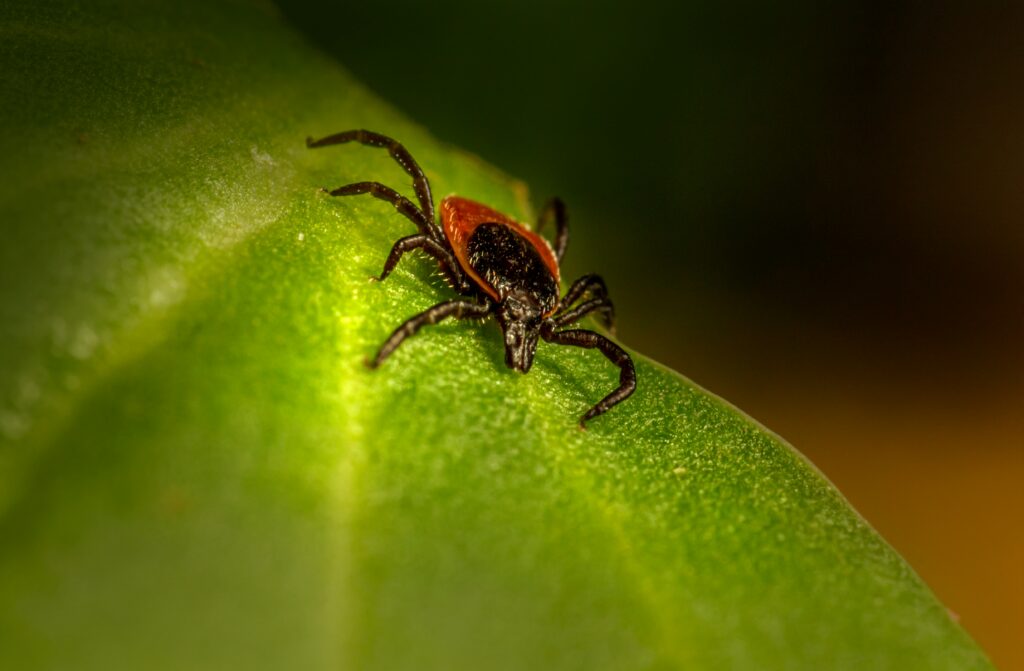
Both black widows and brown recluses play valuable roles in their natural ecosystems despite their fearsome reputations. As predators, they help control populations of insects that might otherwise reach problematic levels, including cockroaches, flies, and various agricultural pests. Their predatory activities form part of the complex web of interactions that maintain balanced ecosystems. Black widows, with their strong silk webs, also serve as prey for certain wasps, birds, and other spiders, creating important energy transfer pathways in food webs. Brown recluses contribute to decomposition processes by preying on small invertebrates associated with decaying organic matter. Understanding these ecological contributions helps provide a more balanced perspective on these spiders, recognizing that their existence serves important functions beyond their interactions with humans.
Living Alongside These Spiders: A Balanced Approach
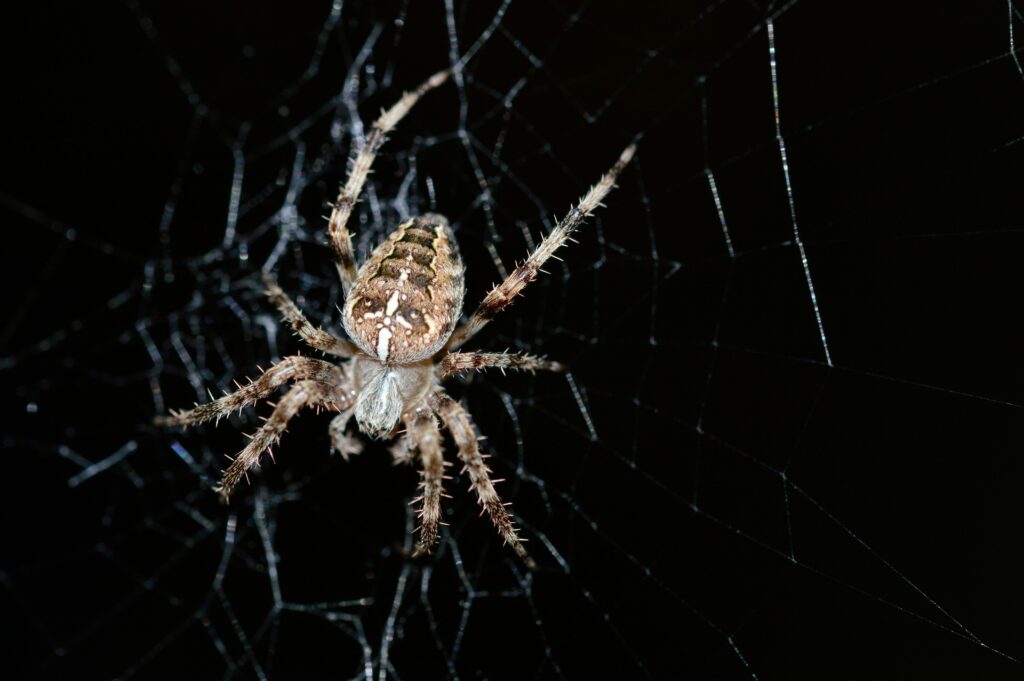
Developing a realistic perspective on these arachnids involves balancing legitimate caution with factual understanding. In regions where these spiders naturally occur, acknowledging their presence while implementing basic preventative measures represents a more practical approach than persistent anxiety. Regular home maintenance, seasonal cleaning of storage areas, and basic awareness of potential spider habitats can significantly reduce encounter risks without requiring constant vigilance or chemical interventions. Teaching children to respect rather than fear spiders, while instructing them not to handle unknown species, builds a foundation for appropriate caution without instilling phobic responses. When spiders are found in homes, using capture-and-release methods with a cup and paper allows for their removal without unnecessary killing, acknowledging their beneficial role in controlling other household pests. This balanced approach recognizes that humans and these arachnids have coexisted for centuries, with serious incidents remaining exceptionally rare despite our close proximity.
In separating fact from fear regarding black widow and brown recluse spiders, we discover that while their venoms indeed deserve respect, the actual threat they pose to humans is far less dramatic than commonly perceived. Both species are naturally reclusive, preferring to avoid human contact rather than seek it out. With proper identification skills, basic prevention strategies, and appropriate medical response when necessary, the risk from these infamous arachnids can be managed effectively. Perhaps the greatest danger lies not in the spiders themselves but in the misinformation that leads to misidentification, unnecessary panic, and incorrect medical diagnoses. By approaching these creatures with informed caution rather than irrational fear, we can maintain perspective and coexist with these fascinating, if potentially dangerous, members of our natural world.

